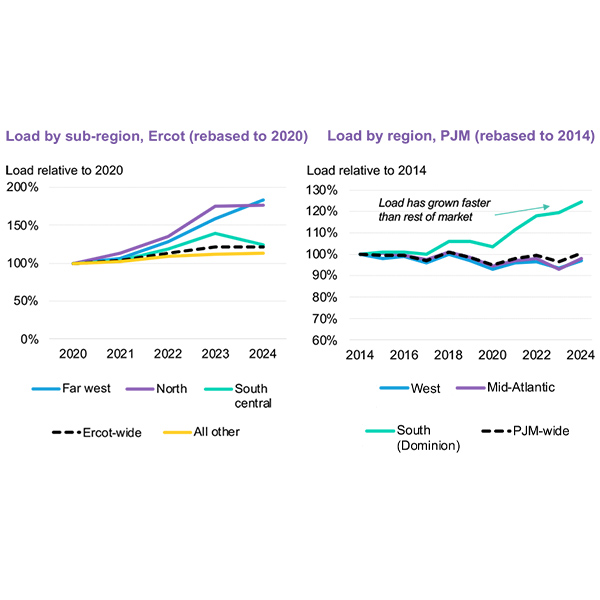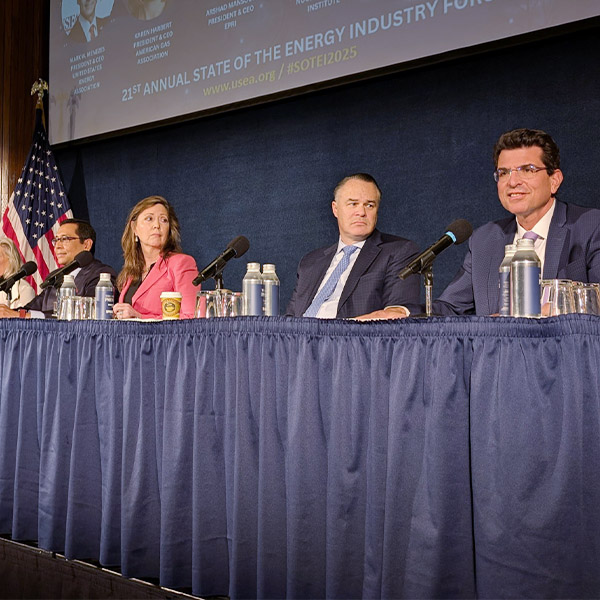Energy Storage
While the majority of IRA tax credits and incentives have gone to develop clean energy projects in Republican districts and states, House leadership leans heavily toward fossil fuel-producing states,
The 13th edition of the BCSE Factbook comes, as always, packed with charts, figures and industry insights, many of which stand in sharp contrast to President Donald Trump’s focus on fossil fuels and U.S. energy dominance.
To build a reliable, affordable and clean electric power system, the U.S. energy industry and customers will need to shift their thinking about what a reliable system looks like, according to a study from nonprofit think tank Energy Innovation Policy & Technology.
New York’s Public Service Commission has approved an implementation plan to push for installation of 200 MW of residential energy storage and 1,500 MW of retail storage.
D.C. District Court Judge Loren AliKhan issued a temporary restraining order on OMB from pausing all federal grants and loans.
NYPA said it is pursuing 37 solar and storage projects totaling 3 GW of nameplate capacity, most of them in partnership with private-sector developers.
The Energy Association's 21st Annual State of the Energy Industry Forum reflected the quickly shifting landscape of national energy policy and the resulting shift in industry priorities and narratives.
The 2,600 GW of wind, solar and storage sitting in interconnection queues across the U.S. represent a major imbalance in energy resources that could lead to brownouts or blackouts, former North Dakota Gov. Doug Burgum (R) said during his Senate confirmation hearing.
Chris Wright, President-elect Donald Trump’s nominee to head the Department of Energy, positioned himself as a supporter of an all-of-the-above approach to developing generation and transmission before the Senate Energy and Natural Resources Committee.
With days left in his administration, President Joe Biden issued an executive order aimed at siting and permitting cutting-edge artificial intelligence data centers on federal land by 2027.
Want more? Advanced Search










